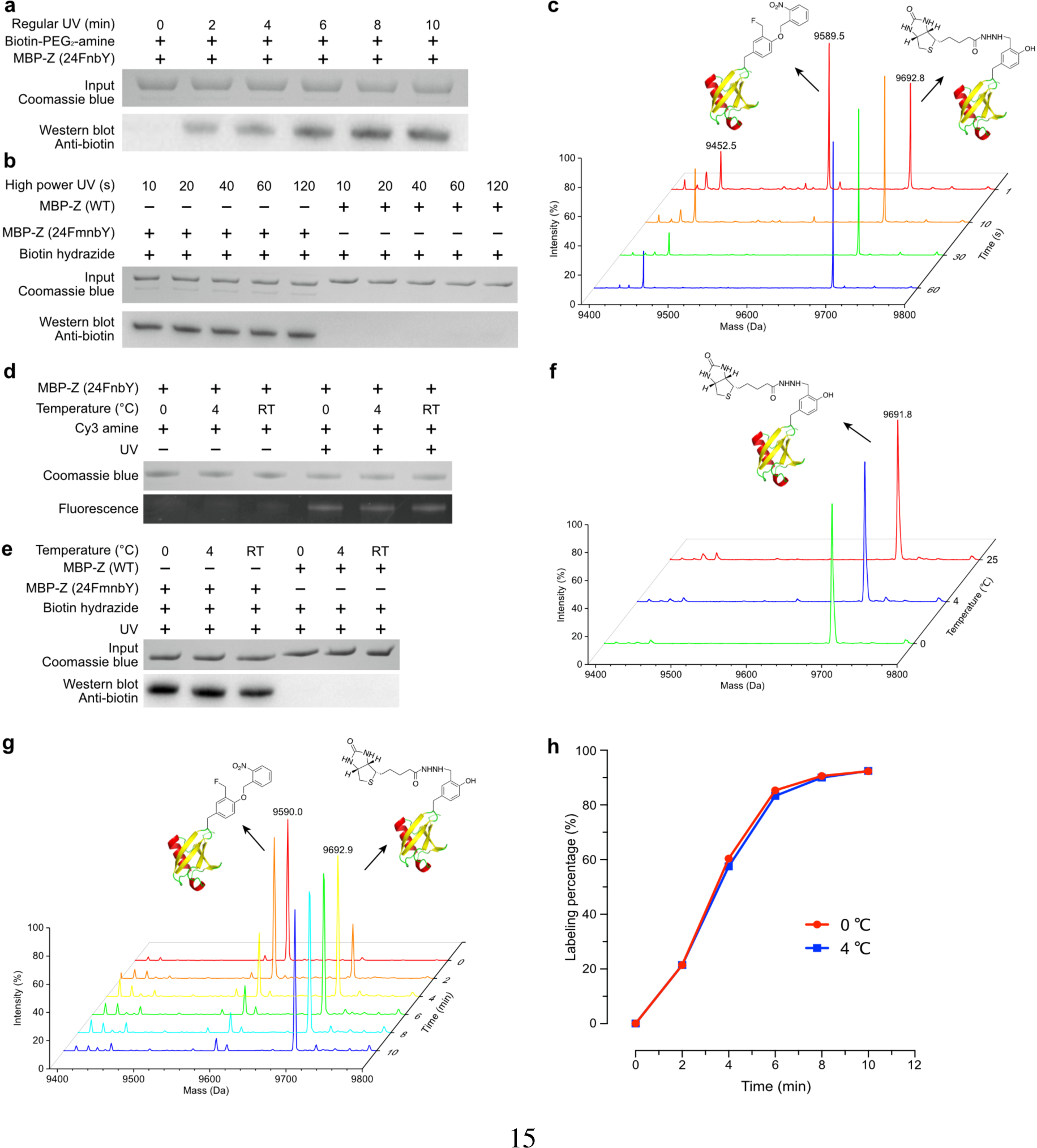Fig. 5. Effect of light intensity and temperature on amine-QM conjugation reaction.

a, Western blot analysis of MBP-Z(24FnbY) conjugation with 10 mM biotin-PEG2-amine, activated by low power UV lamp for indicated time duration. b, Western blot analysis of MBP-Z (24FmnbY) conjugation with 1 mM hydrazide-biotin, activated by high power UV lamp for indicated time duration. c, Mass spectra of Ub(6FmnbY) conjugated with 1 mM biotin-hydrazide with the reaction activated by the high-power UV lamp for 1 s, 10 s, 30 s, and 60 s, respectively. Expected 9693.0 Da; measured 9692.8 Da. d, Fluorescent SDS-PAGE analysis of MBP-Z(24FnbY) conjugation with Cy3-amine (3 mM) under different temperatures. Reaction was activated by low power UV lamp for 10 min. e, Western blot analysis of MBP-Z(24FmnbY) conjugation with biotin-hydrazide (5 mM) under different temperatures. Reaction was activated by high power UV lamp for 30 s. f, Mass spectra of Ub(6FmnbY) conjugation with biotin-hydrazide (5 mM) at 0 °C, 4 °C, and room temperature, respectively. Reaction was activated by high power UV lamp for 30 s. g, Mass spectra of Ub(6FmnbY) conjugation with biotin-hydrazide (5 mM) at 0 °C with the reaction activated by low power UV lamp for indicated time duration. h, Labeling efficiency of samples in g and comparison to those of aliquot samples labeled at the same conditions except at 4 °C.
